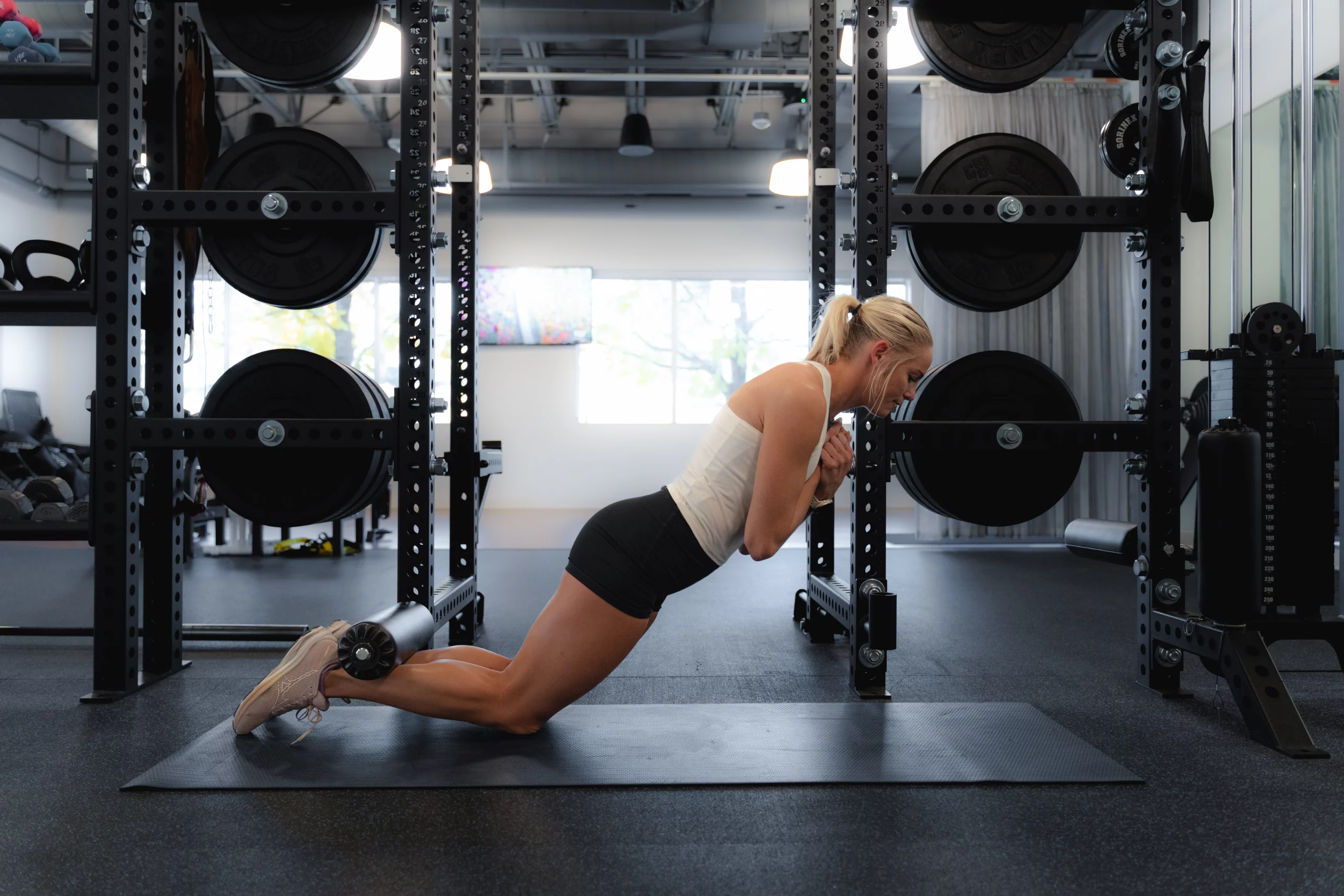
How Much Do Squats Really Work Your Hamstrings?
Table of Contents
Understanding the Squat: A Biomechanical Perspective Insights from Electromyography (EMG) Studies Implications for Muscle Development Incorporating Hamstring-Specific Exercises Personal Observations and Recommendations ConclusionUnderstanding the Squat: A Biomechanical Perspective
The squat is a cornerstone exercise in strength training, celebrated for its ability to enhance lower body strength and power. It primarily targets the quads, glutes, and, to a lesser extent, the hamstrings. The hamstrings, comprising the biceps femoris, semitendinosus, and semimembranosus, are muscles that cross both the hip and knee joints. They function as hip extensors and knee flexors.
During the squat's eccentric phase (descent), the hips flex, and the knees bend, causing the hamstrings to lengthen. In the concentric phase (ascent), the hips extend, and the knees straighten, actions where the hamstrings could theoretically contribute. However, the simultaneous hip extension and knee extension during squats create a unique scenario where the hamstrings' length remains relatively constant, limiting their activation. This phenomenon is often referred to as "dynamic stabilization," where the hamstrings stabilize the knee joint without being primary movers.
Insights from Electromyography (EMG) Studies
Electromyography (EMG) studies provide valuable insights into muscle activation patterns during exercises. Research consistently indicates that hamstring activation during traditional back squats is relatively low compared to exercises specifically targeting the hamstrings. For instance, a study analyzing lower extremity muscle activity during different squat variations found that the hamstrings exhibited minimal activation across all variations. Another study reported that squats involve only about half as much hamstring EMG activity as exercises like leg curls and stiff-legged deadlifts.
Implications for Muscle Development
The low activation levels of the hamstrings during squats have practical implications for muscle development. A study examining muscle growth after a 10-week squat training program found significant increases in the quadriceps, glutes, and adductors, but no significant growth in the hamstrings. This suggests that while squats are excellent for developing certain lower body muscles, they may not grow the hamstrings as much as you would like.
Incorporating Hamstring-Specific Exercises
To achieve balanced muscular development and enhance athletic performance, it's essential to incorporate exercises that specifically target the hamstrings. Exercises such as Romanian deadlifts, glute-ham raises, and leg curls are effective in activating the hamstrings. These movements involve hip extension and knee flexion, directly engaging the hamstrings and promoting strength and muscle growth.

Personal Observations and Recommendations
In my experience working with athletes, those who integrate hamstring-specific exercises alongside squats tend to achieve better muscular balance and reduced injury rates. For example, a soccer player I coached struggled with recurring hamstring strains. By incorporating Nordic hamstring curls and Romanian deadlifts into her training, we observed a significant reduction in injuries.
Conclusion
While squats are unmatched for building lower body strength, they do not significantly activate the hamstrings. To ensure comprehensive muscular development and reduce injury risk, it's crucial to incorporate hamstring-specific exercises into your training routine. Understanding the role of each muscle group during exercises allows for more informed training decisions, helping you maximize performance.
Remember, a well-rounded training program that addresses all muscle groups is key to achieving your fitness goals and maintaining overall muscular health!
